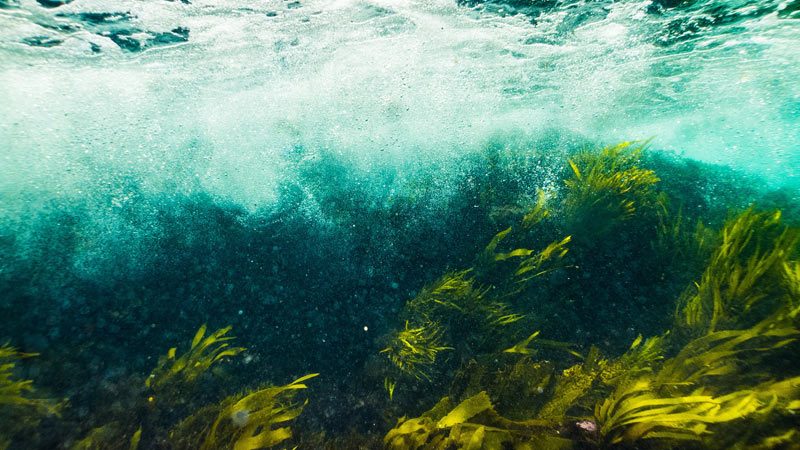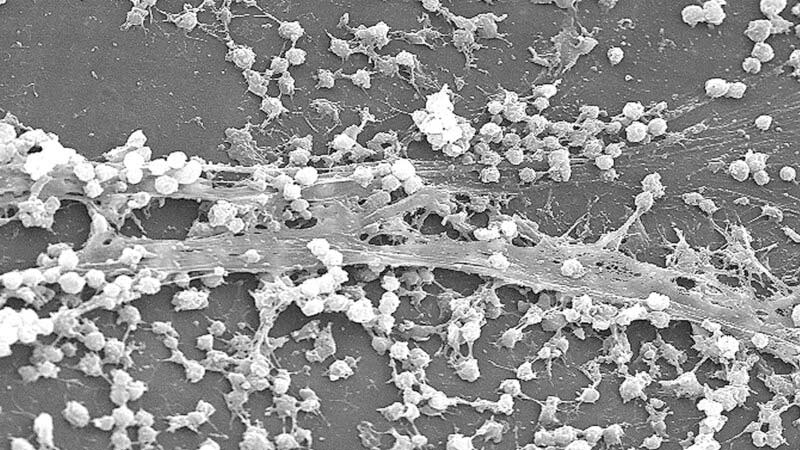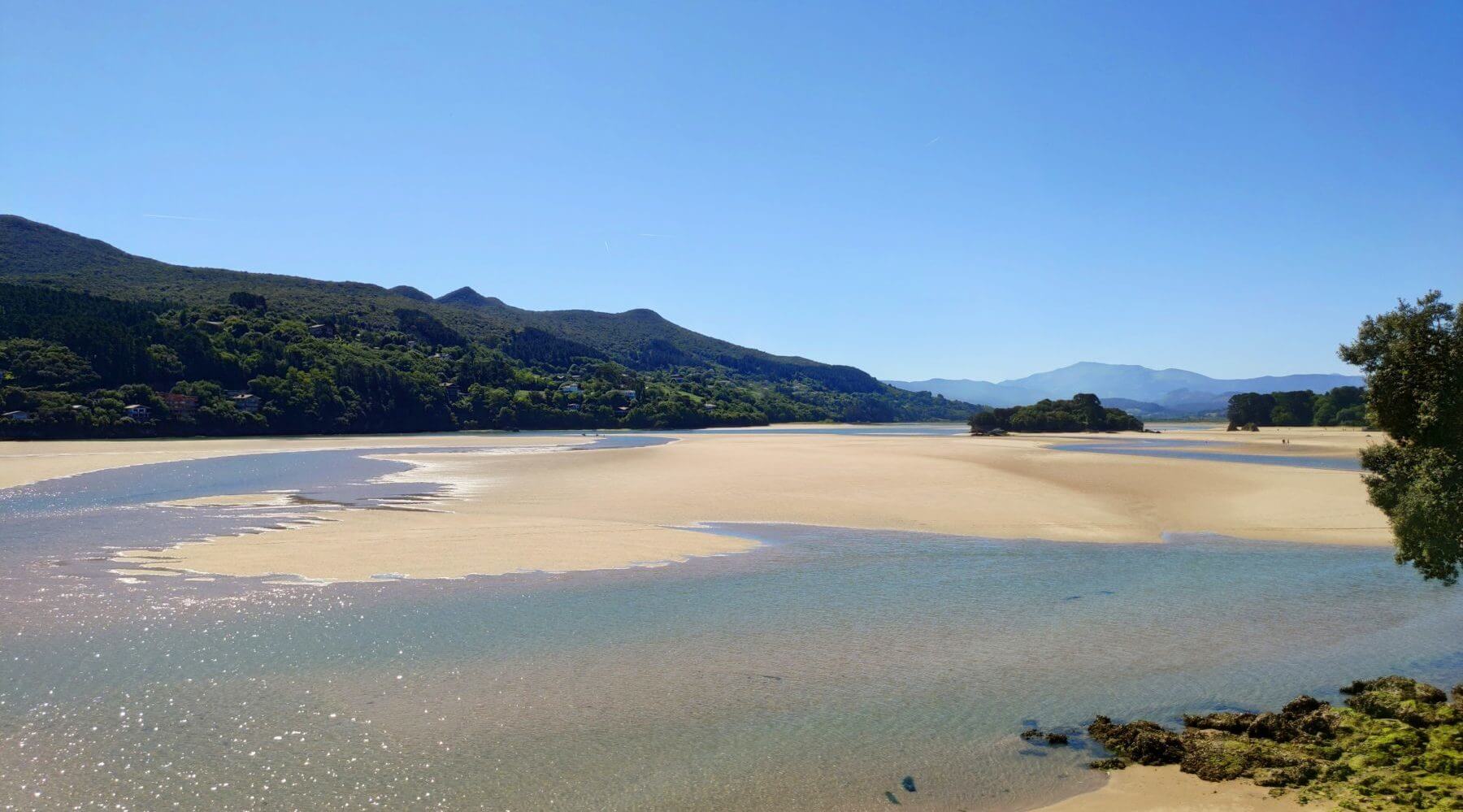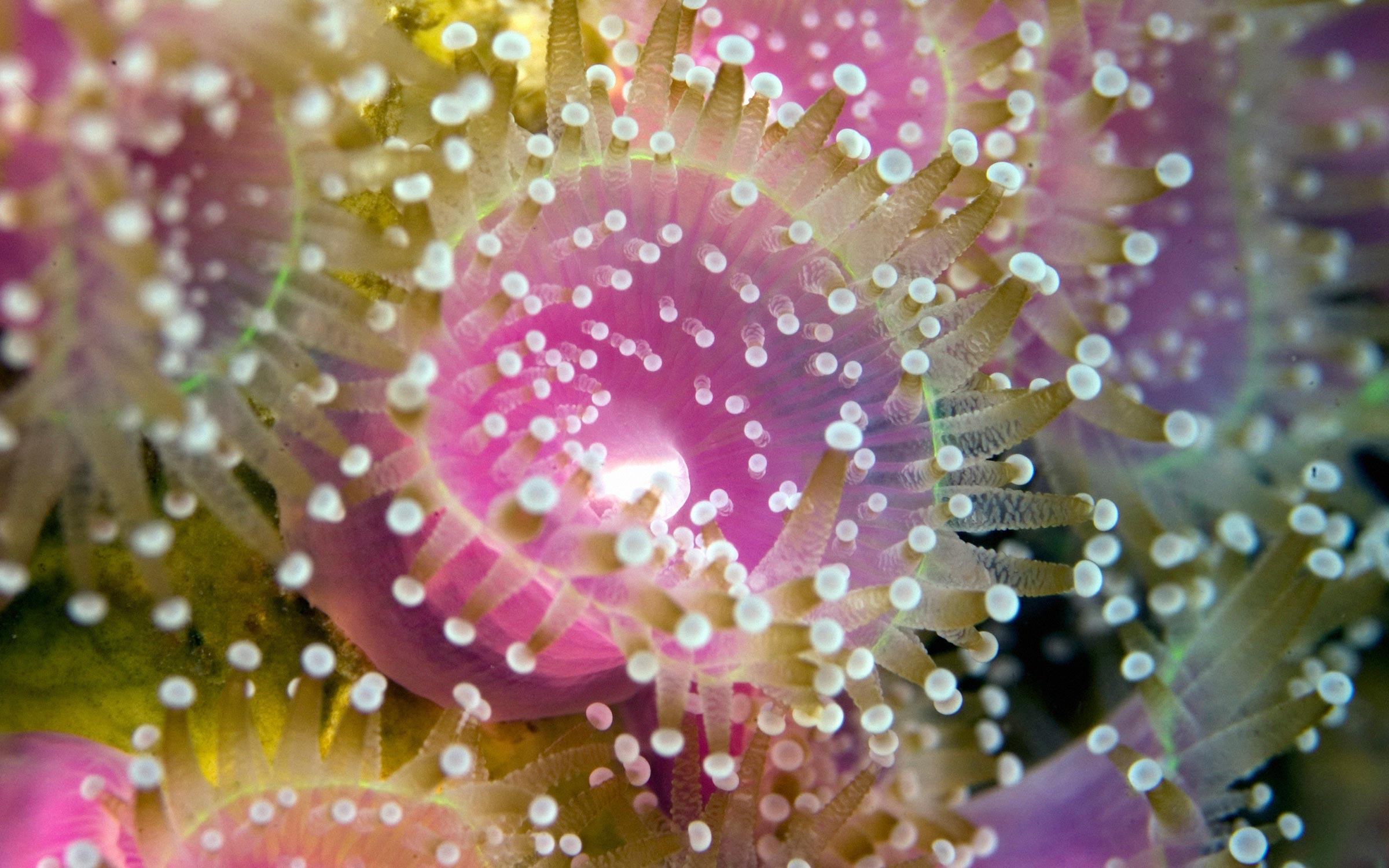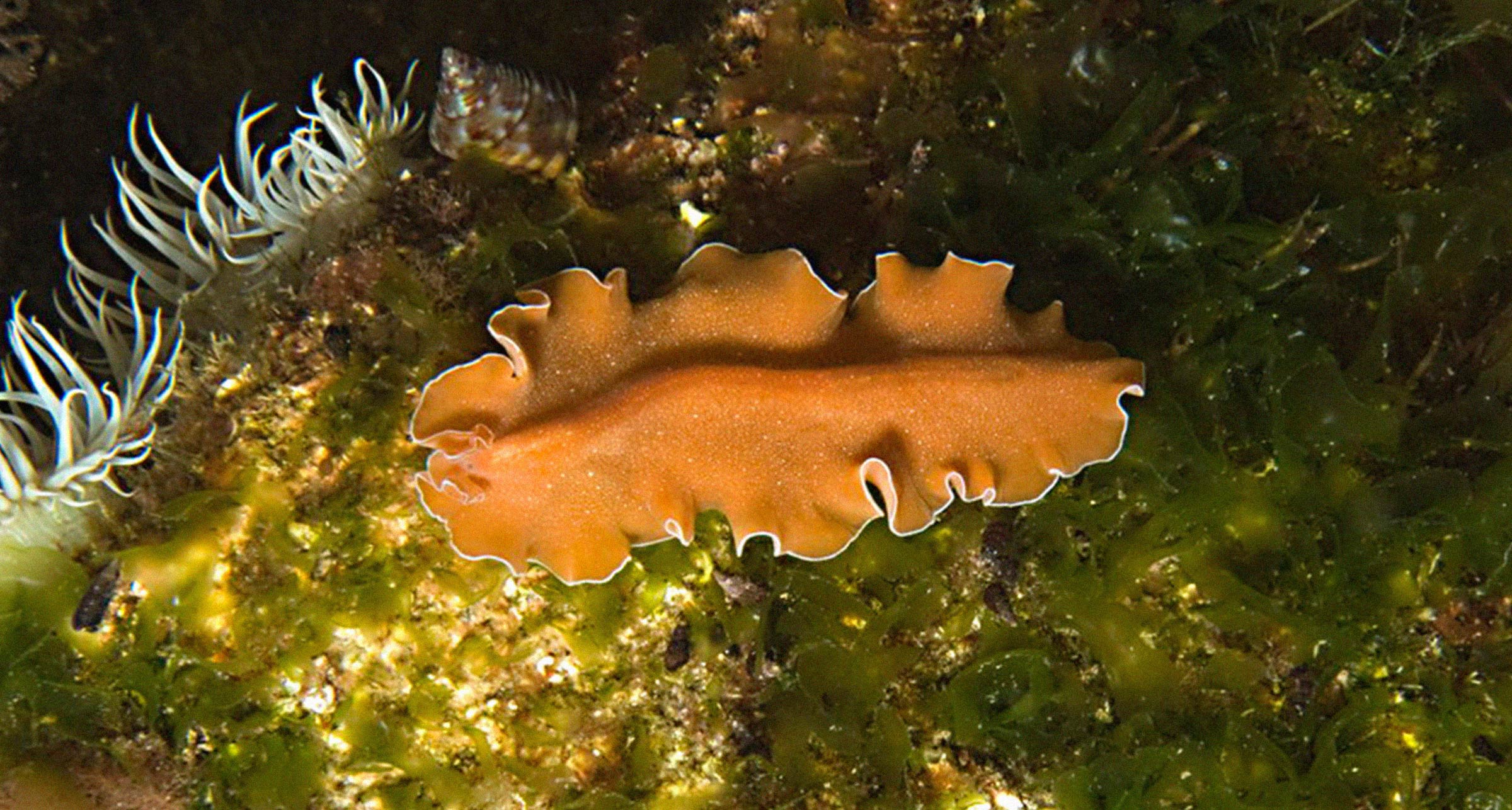IndiRed
eDNA and Morphotaxonomy based Interaction Networks as Bioindicators of Impact in Marine Ecosystem Monitoring
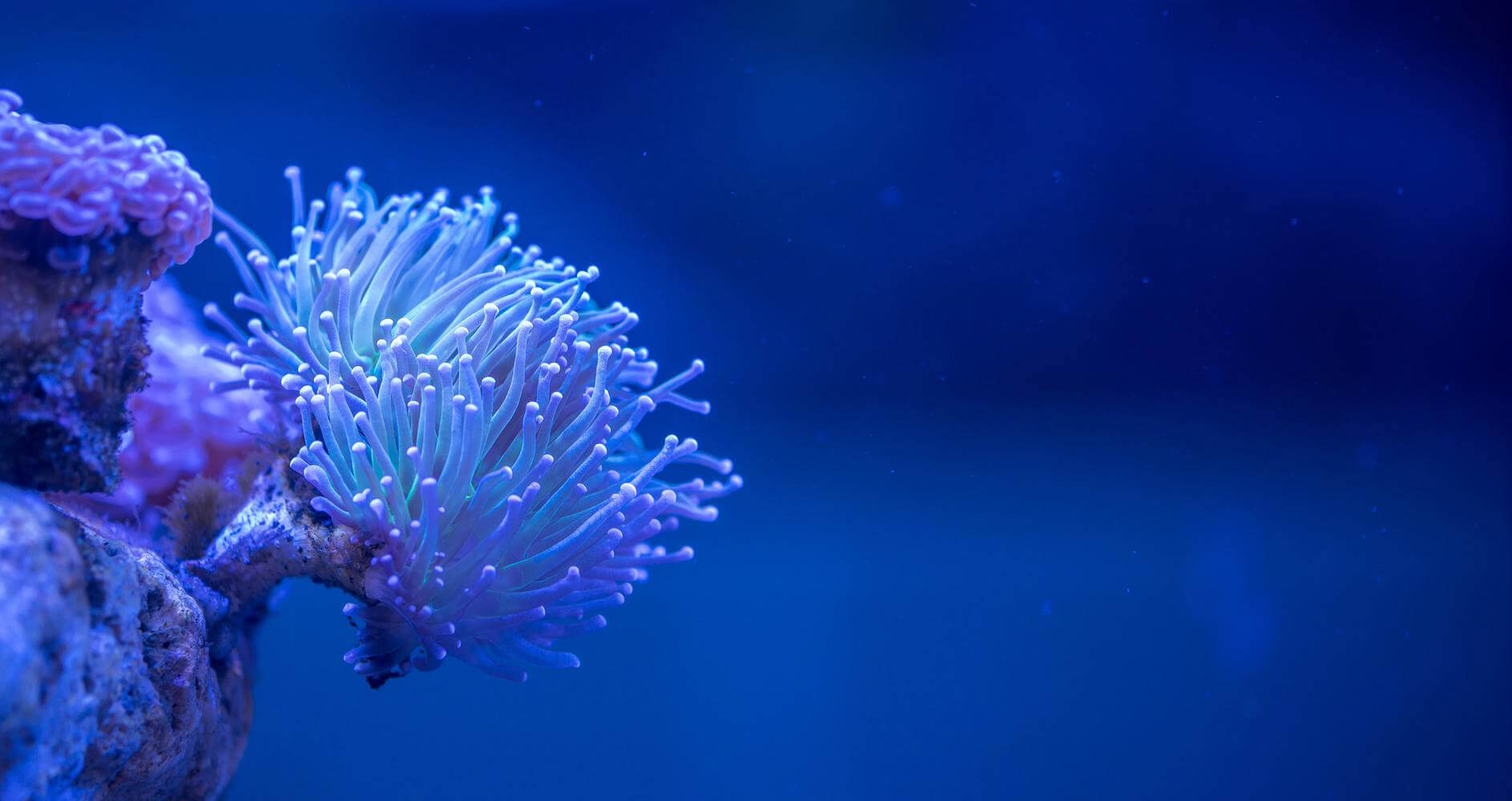
Estuarine and coastal ecosystems are threatened by impacts such as eutrophication, industrial contamination and altered hydrology caused by dredging and construction of ports and other structures. Routine monitoring is critical for understanding the consequences of such anthropogenic impacts to allow for a sustainable management of these natural resources.
Accurate biological indicators are essential for such monitoring, and can be used to calculate biotic quality indices, to provide an estimate of environmental impact.
However, current approaches based on morphological identification have serious shortcomings, mainly by relying on highly qualified taxonomists to correctly classify samples visually. This effectively prevents monitoring programs from scaling up and makes comparisons between regions or surveys challenging.
We propose to utilise two recent techniques to overcome these limitations, namely sequencing (metabarcoding) of environmental DNA (eDNA) and co-occurrence network analysis. While eDNA metabarcoding offers a way to target a wider range of organisms and trophic levels compared to morphology, in addition in a more reproducible manner; co-occurrence networks offer an approach to interpret the data from the context of biological interactions. Being critical for ecosystem functioning and regulation, such interactions between taxa also provide sensitive indicators of negative impact on the same.
Thus, IndiRed aims to provide novel indicators of ecosystem impact based on predicting and utilising biological interactions, providing superior accuracy and cost-efficiency compared to current standards. To this end, we will collect and use a time series from established monitoring sites along the Basque coast, combined with existing morphology- and metabarcoding biodiversity data. Based on this, taxon co-occurrence networks will be predicted, manually curated and joined between sites into consensus networks of predicted ecological interactions. These networks, in turn, will be used to derive novel indicators applicable to single metabarcoding samples. Such indicators can be based on e.g. presence of taxa correlating with overall network connectivity, keystone taxa with unusually high numbers of predicted interactions, or indicator edges, i.e. pairs of interacting taxa crucial to overall network structure.
The study area form part of an established monitoring network, spanning gradients of ecological impacts. Therefore, it will allow us to benchmark new network-based indicators and evaluate their suitability for incorporation in monitoring programs. By studying biological interactions, it will also improve our understanding of the estuarine ecosystem itself, and the ecological consequences of such impacts. Ultimately, IndiRed will help to enable temporal and spatial scale-up of existing monitoring programs, as well as the ability for regulatory and implementing authorities, industry and other stakeholders, to follow, understand and remedy negative environmental impacts.
Project Data
| Funding |
Ministerio de Ciencia, Innovación y Universidades (MCIU), Agencia Estatal de Investigación (AEI) and Fondo Europeo de Desarrollo Regional (FEDER) |
| Length |
2019-2021 |


